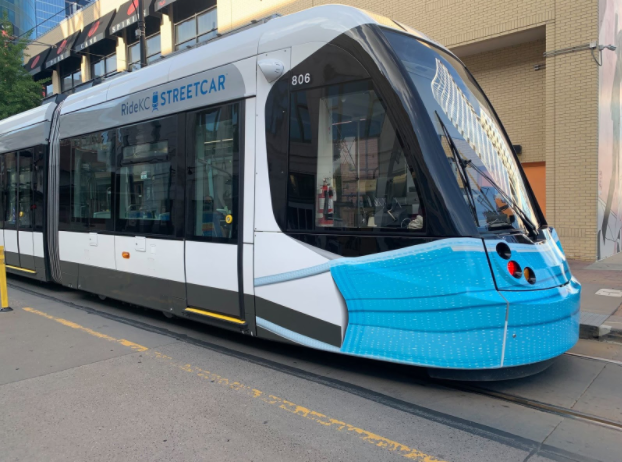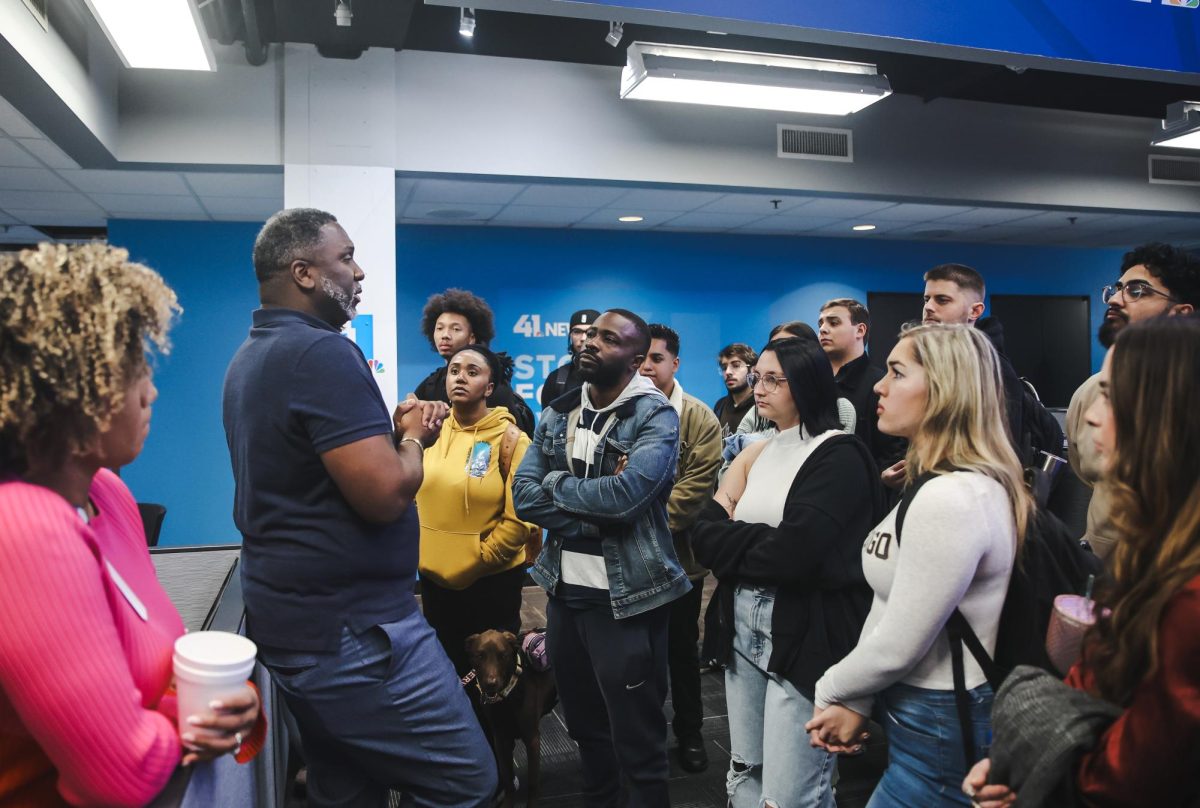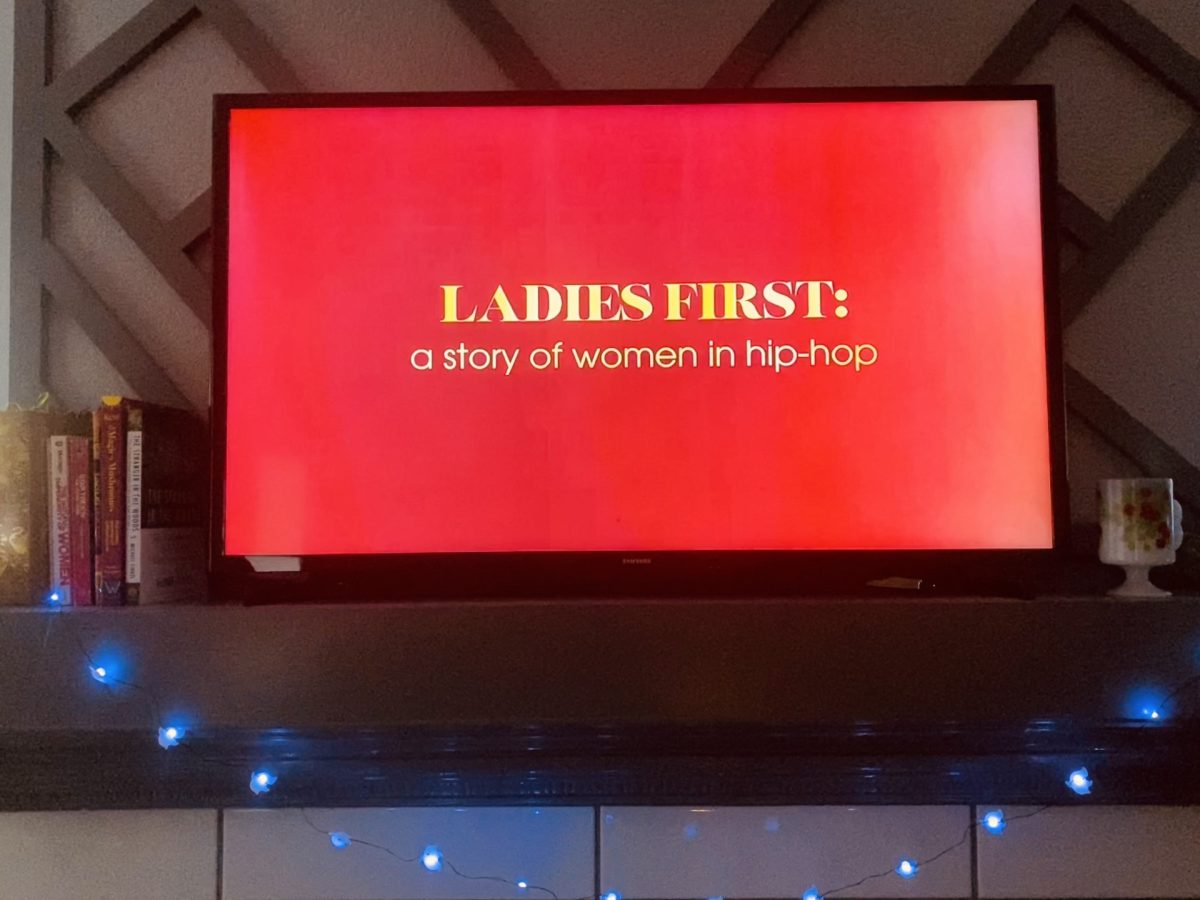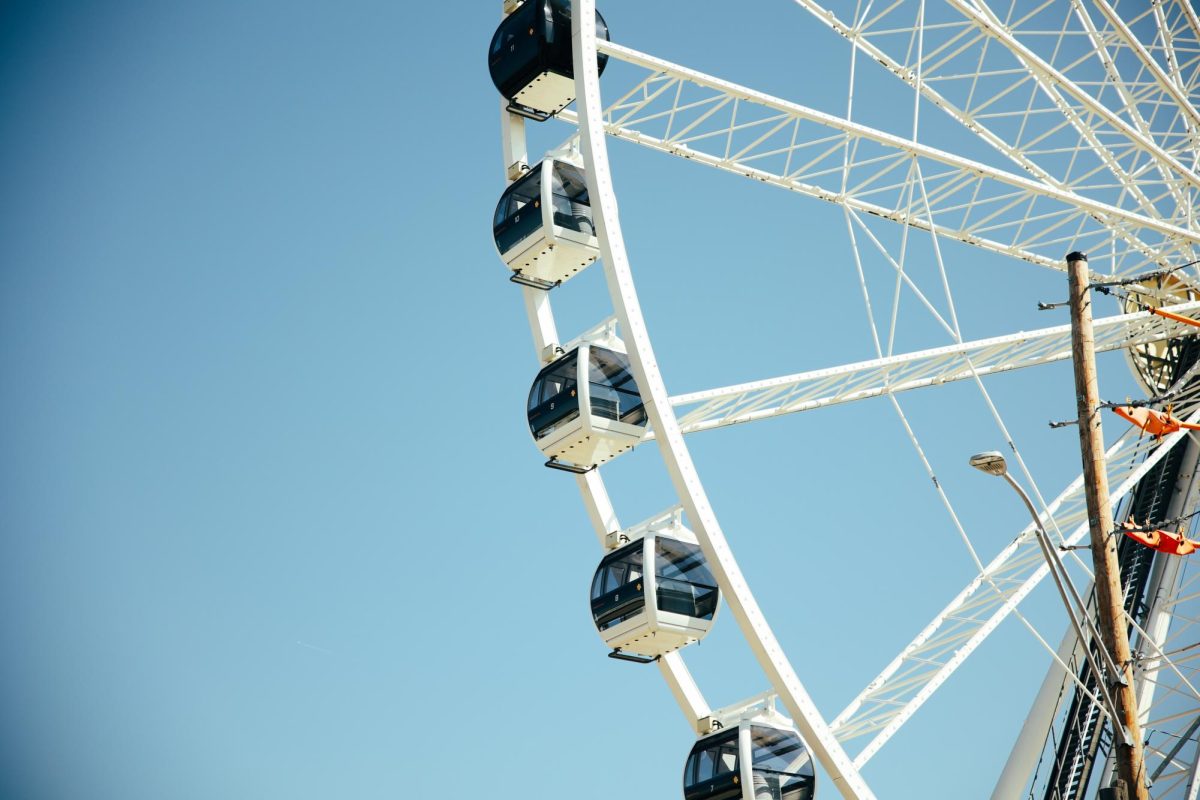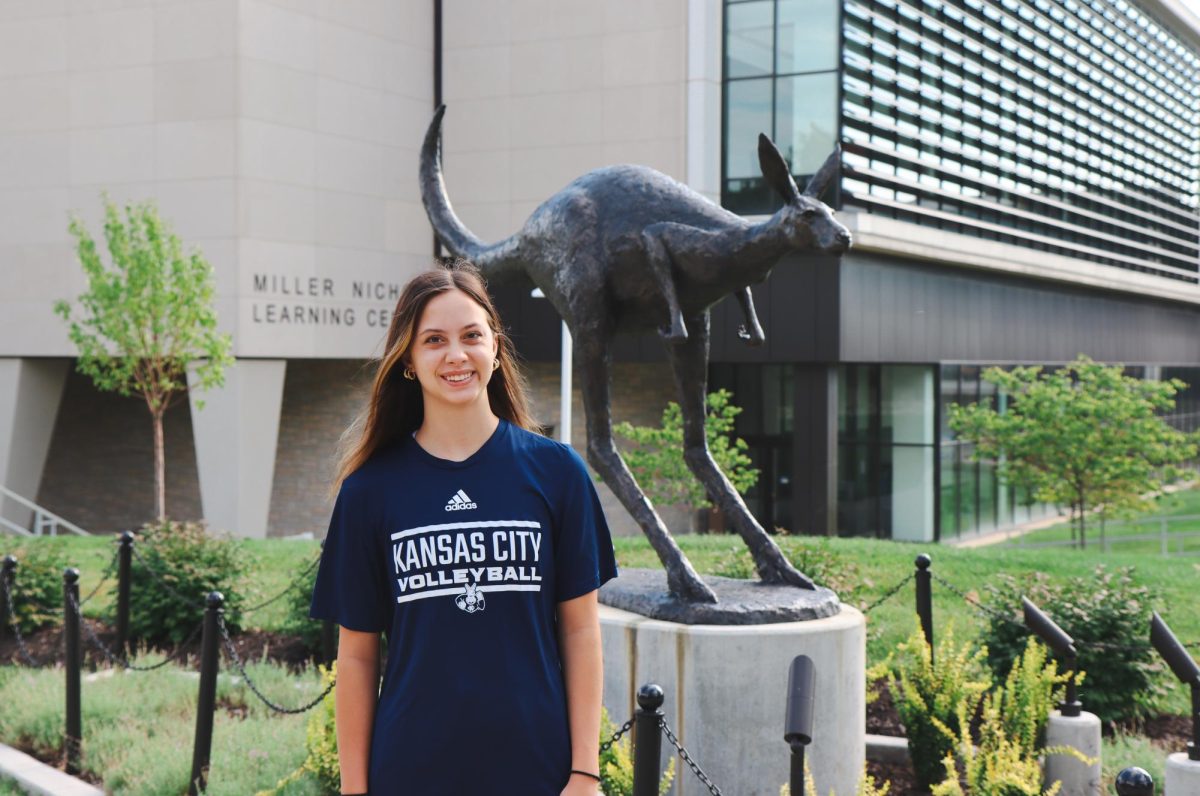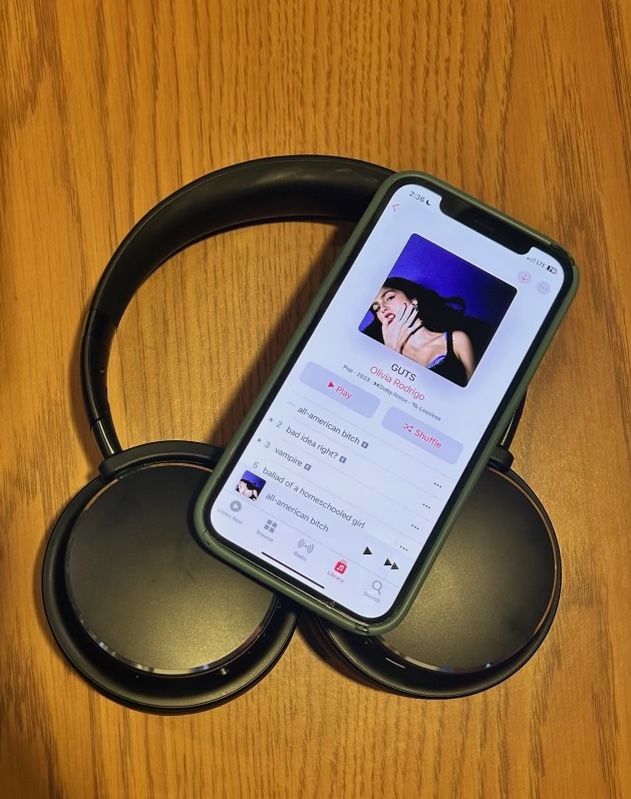The Federal Transportation Administration announced a $174 million grant on Jan. 8 to expand the Kansas City streetcar service to the UMKC area. Kansas City also received an additional $60 million worth of funding in 2020.
The funding will cover 3.5 new miles of rail, bringing the streetcar’s reach from Union Station to just south of UMKC’s Volker Campus. According to the FTA website, the extension will also include “nine stations, transit signal priority, and improvements to intersections and sidewalks.”
While the streetcar is free for all riders, reactions to the new expansion are somewhat mixed.
“The streetcar is not the most equitable use of limited funding for public transportation.” said Dr. Stephanie Frank, a professor in the UMKC Urban Planning department. “Buses are faster, less expensive, and more nimble. [The streetcar] does not increase transit access. The streetcar line does not serve a new area; the Main Street corridor between campus and downtown already had among the most frequent, heavy bus ridership.
“We need to expand transit to areas and people who rely on it as their primary mode of transportation,” she said. “Especially to employment opportunities in the suburbs. The streetcar does not do that.”
However, UMKC Urban Planning professor Dr. Sunyop Kim said a potential benefit of the streetcar would be increased visibility and the improved accessibility for UMKC’s campus, along with commercial development of the area around the UMKC stop.
Some, like Dr. Frank, are concerned that the bus system will receive less investment than the ever-expanding rail system. Part of this debate is based on perception, Dr. Kim said.
“The debate on rails over buses is often a psychological thing,” he said. “Psychology plays a significant role in the public policy domain, including transportation. The general public tends to accept rails more favorably than buses.”
When asked what the planners of the streetcar expansion can do to ensure an equitable rollout of the program, neither professor was optimistic.
“Benefiting all members of Kansas City and the UMKC community from the streetcar expansion is a difficult task,” said Kim. “Benefits and disbenefits can be defined or assessed differently by the interest and priorities of individuals and groups.”
“We should be utilizing tools to protect existing residents and businesses from displacement, such as leveraging incentives to mandate affordable rents,” said Frank. “Unfortunately, I think it’s already too late to protect everyone. Speculation along the route has been ongoing for years and will only increase.”
allison.harris@mail.umkc.edu


